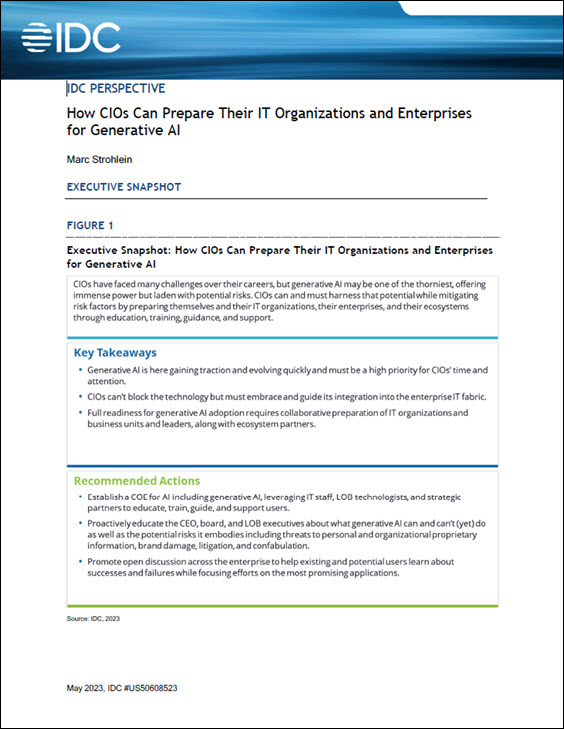 Deep Learning Research
Deep Learning Research
We’re seeing much hype in the marketplace about the potential of AI, especially with respect to computer vision systems and its ability accelerate the development of everything from self-driving cars to autonomous robots. While such systems have proven their ability to accurately identify images and multimedia with minimal human intervention, in reality, the deep learning-based methods used today take too long to train, consume far too much power, and may harvest vast amounts of data unnecessarily.
To create more dynamic and efficient deep learning systems, that don’t compromise accuracy, IBM Research is exploring new and novel computer vision techniques from both a hardware and software angle.
On the hardware side
Good results come from a brain-inspired system that uses the IBM TrueNorth neuromorphic chips together with a pair of vision sensors that act like eyes. Together the system can respond to changes in the environment to provide imagery in stereo with a sense of depth. Simply put, they’re able to hone in on the action, and ignore extraneous visual noise. In the research paper “A Low Power, High Throughput, Fully Event-Based Stereo System” the team reported results of 200x less power per pixel than a comparable DVS system while achieving competitive accuracies.
On the software side
A new approach called BlockDrop, that’s described in the paper “BlockDrop: Dynamic Inference Paths in Residual Networks” enables deep learning algorithms to essentially drop layers of the neural network conditioned on the input, allowing the system to allocate resources more efficiently and accurately identify an image. In testing, BlockDrop increased recognition speed by 20%, on average, and sometimes sped up the process by as much as 36%, while maintaining the same accuracy on the ImageNet dataset.
New innovations like these rethink the way today’s deep learning systems can be designed in order to make them a practical reality for current and future applications.
Sign up for the free insideAI News newsletter.



